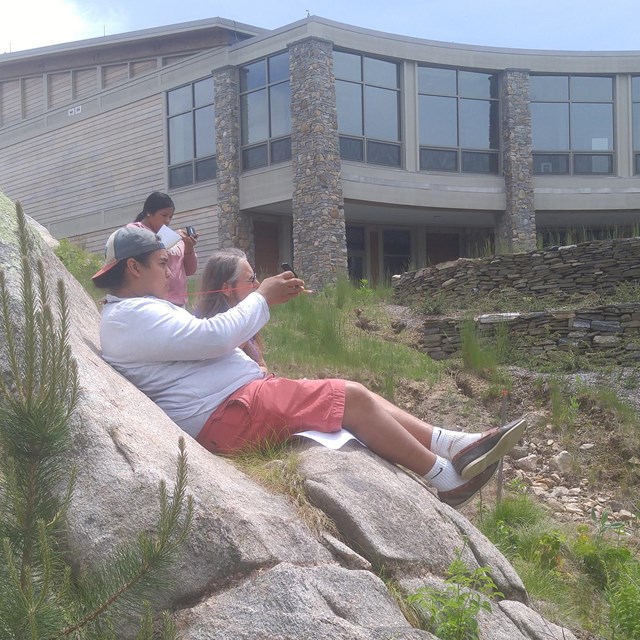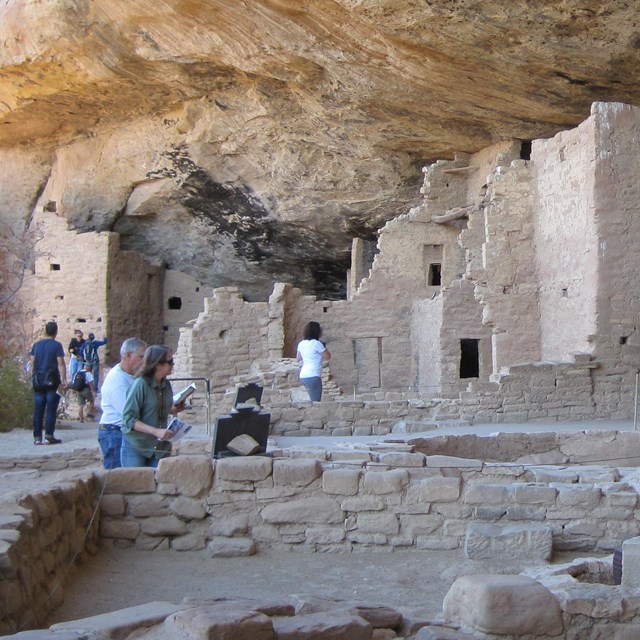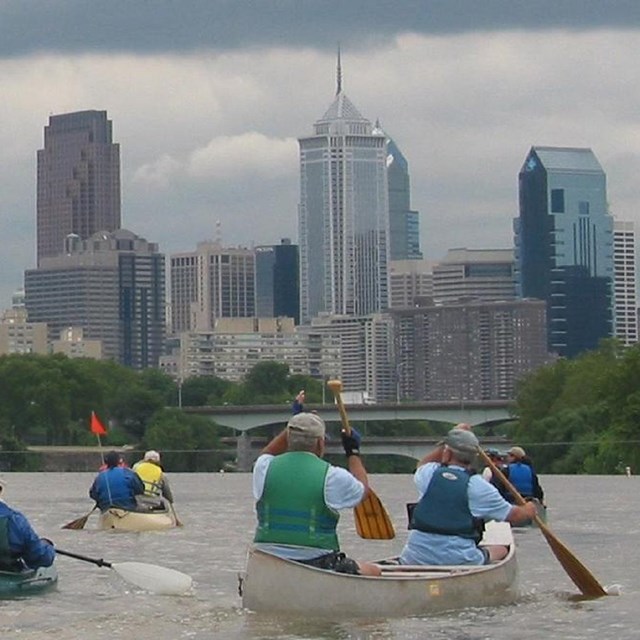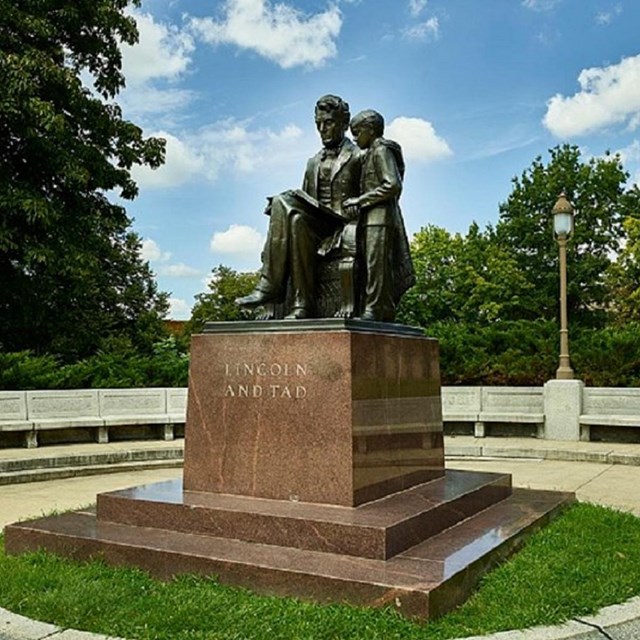
NPS
Defining Cultural Landscapes
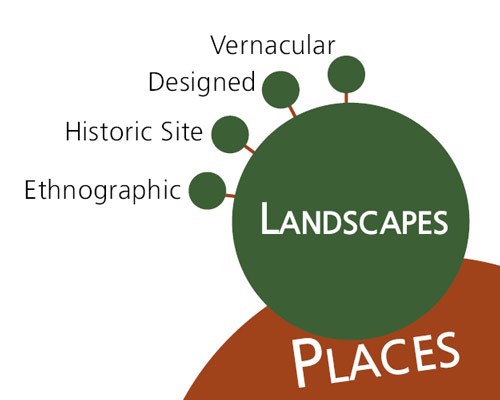
Put simply, a cultural landscape is a historically significant property that shows evidence of human interaction with the physical environment.
The National Park Service defines a cultural landscape as, "a geographic area, including both cultural and natural resources and the wildlife or domestic animals therein, associated with a historic event, activity, or person, or exhibiting other cultural or aesthetic values."
Other definitions of cultural landscapes come from:
- UNESCO: "Combined works of nature and of man" that illustrate the evolution of human society and settlement over time, under the influence of physical constraints and/or opportunities presented by their natural environment, and of successive social, economic, and cultural forces, both external and internal.
- The Cultural Landscape Foundation: "Cultural landscapes provide a sense of place and identity; they map our relationship with the land over time; and they are part of our national heritage and each of our lives."
Cultural Landscape Types
The National Park Service recognizes four cultural landscape categories: historic designed landscapes, historic vernacular landscapes, historic sites, and ethnographic landscapes. These landscape categories help to distinguish the values that make them cultural resources and to determine how they should be treated, managed, and interpreted.
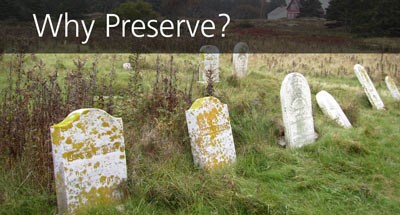
The NPS Preservation Mission
The role of the Park Cultural Landscapes Program supports the historic preservation efforts of the National Park Service, which is governed by federal law, federal regulations, presidential executive orders, and orders of the Director of the National Park Service. Many of these have recently been reorganized under Title 54 of United States Code.
The legal responsibility for preservation has its origins in the National Park Service Organic Act of 1916 (formerly 16 U.S.C. 1, amended to two sections in Title 54), which officially defined the agency and its mission.
In 1966, the National Historic Preservation Act (former citation 16 U.S.C. 470, amended to 54 U.S.C. 300101) outlined a vision for a more unified nationwide program of historic preservation among federal, tribal, and state governments; local municipalities; and private and non-profit organizations. This vision stated:
"The spirit and direction of the Nation are founded upon and reflected in its historic heritage; this historical and cultural foundations of the Nation should be preserved as a living part of our community life and development in order to give a sense of orientation to the American people...the preservation of this irreplaceable heritage is in the public interest so that its vital legacy of cultural, educational, aesthetic, inspirational, economic, and energy benefits will be maintained and enriched for future generations of Americans."
With the passage of the National Historic Preservation Act (NHPA), the NPS became the leading federal historic preservation agency. Fifty years later, the role of the NPS in historic preservation continues to be directed by these legal foundations; aiming to protect the resources of parks, as stated in the Organic Act, and providing leadership in the preservation of the nation's cultural heritage, as envisioned by the NHPA.
Explore NPS Cultural Landscapes
-
 A Visual IntroductionCultural Landscapes 101
A Visual IntroductionCultural Landscapes 101Your introduction to cultural landscapes of the National Park Service.
-
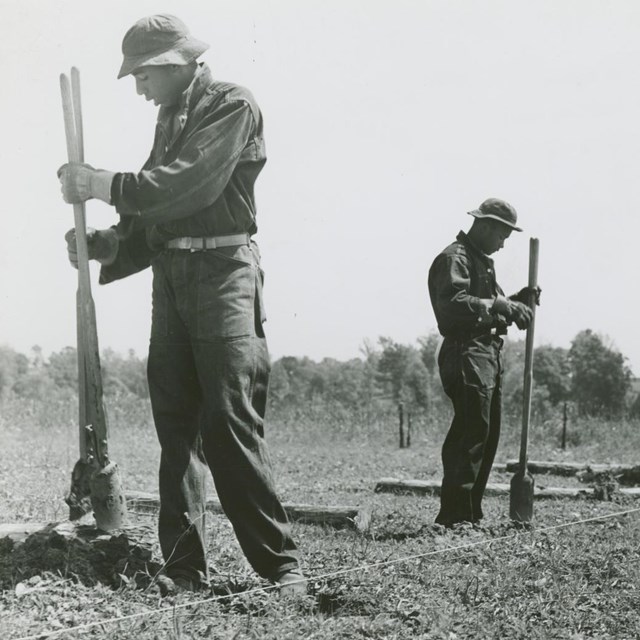 Landscape Preservation HistoryA Preservation Timeline
Landscape Preservation HistoryA Preservation TimelineExplore 165 years of cultural landscape preservation in the United States.
-
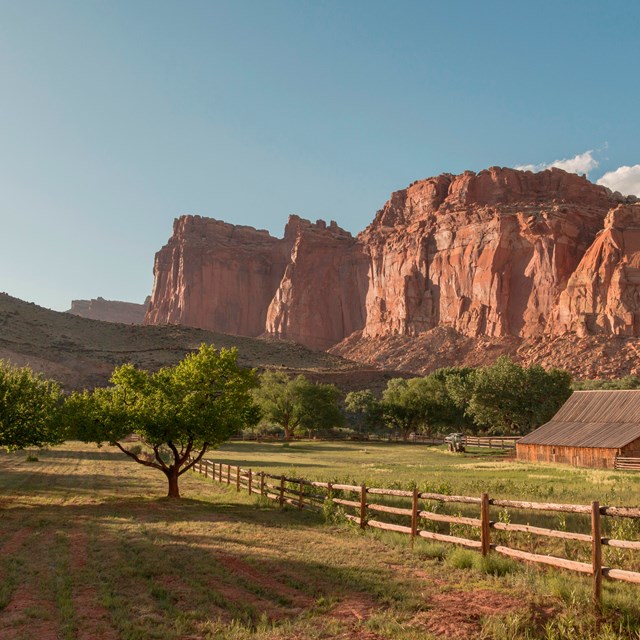 Protecting Cultural ResourcesPreservation Guidance
Protecting Cultural ResourcesPreservation GuidanceResearch, Planning, and Stewardship
Significance and Integrity
Landscapes & the National RegisterArticles and Documentation
Find Cultural LandscapesPreserving Cultural Landscapes in the National Park System
The Park Cultural Landscapes Program is just one of the National Park Service programs with a role in the preservation of cultural landscapes and cultural resources.
Last updated: March 8, 2024






